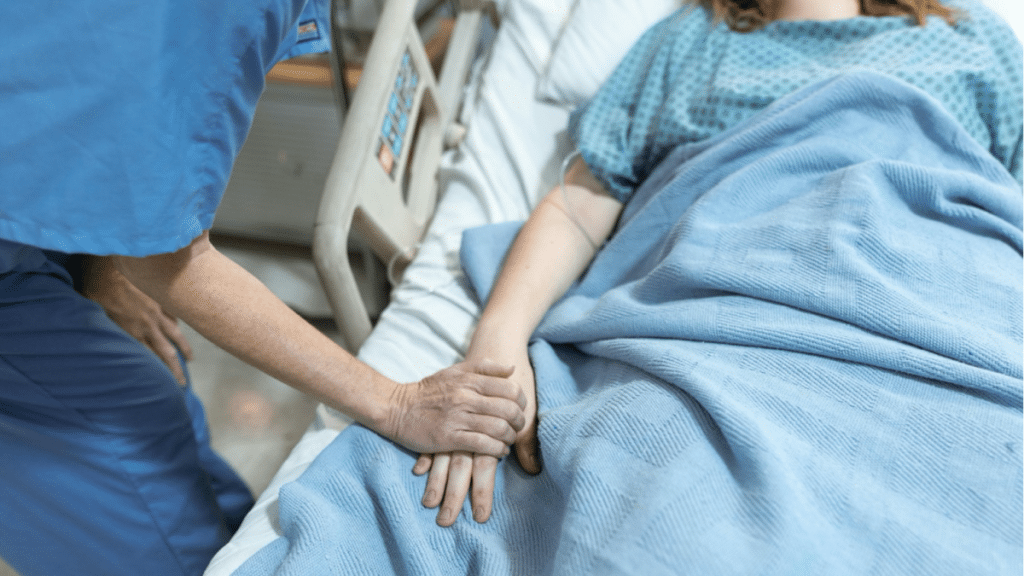You never really think about it—the humble hospital bed. Most of us only encounter it in sterile hospital rooms, where we lie, half asleep, trying to wrap our heads around the weirdness of it all. But what if that bed didn’t have to stay there? What if that piece of medical equipment could follow you home and give you the same level of support and comfort and maybe even help you heal a little faster? The science of recovery, especially when it comes to post-op or chronic illness care, is more than just the meds we take. It’s about our environment—our surroundings, our positioning and how we sleep. As it turns out adjustable hospital beds for home care are a key part of this equation. Let’s dive in and see how these beds can help improve patient outcomes and turn your home into a healing space.
Home Hospital Beds and Patient-Centered Care
We talk a lot about patient-centered care these days and we’re right to. After all, the care isn’t for the benefit of the institution or the doctors; it’s for the person receiving it. Home care has grown in popularity as an alternative to hospital stays with more and more patients opting to recover in the comfort of their own home. It makes sense doesn’t it? You might feel more at ease in your own bed surrounded by familiar faces and your own stuff. But it’s not enough to just plop a patient down on a regular bed and call it a day. There’s science behind it—the position of your body, how you sleep, the adjustments that can be made to make you as comfortable as possible—it all matters for your recovery.
Hospital beds for home care have an adjustable base so the patient can modify their position. And when you can change the angle of your back or legs it’s not just for comfort—it’s therapeutic. Take post-op recovery for example. After certain procedures elevating your legs can help reduce swelling while adjusting the backrest can take pressure off sensitive areas and prevent those pesky pressure sores that come from lying still for too long. For patients with chronic conditions like COPD or heart disease elevating the head of the bed can help with breathing making it easier to sleep through the night without struggling for air. These adjustable beds aren’t a luxury they’re a necessity in many cases improving sleep quality and better outcomes.
Clinical Backing: Why Adjustability Matters
Adjustable hospital beds are more than just a comfort feature. There’s actual clinical evidence to back up their role in recovery. For example, a study found that correct positioning can reduce pressure sores by 90%. Pressure sores, those awful ulcers that develop when you stay in one position for too long, are a risk for patients with limited mobility. With adjustable beds you can change the angle of the body to take pressure off vulnerable spots like the back, hips and heels, allowing blood to flow more freely and prevent those dreaded sores.
Then there’s circulation. We don’t think about it but circulation plays a big role in how our bodies heal. When a patient is flat for extended periods circulation is compromised, slowing recovery and increasing the risk of deep vein thrombosis (DVT). By elevating the legs or head hospital beds for home use improve blood flow, lymphatic drainage and reduce swelling. Have you ever had swollen ankles after a long flight? Now imagine that daily, compounded by other health issues. Adjustable beds give patients the tools to combat that discomfort without needing assistance, giving them more autonomy and peace of mind.
It’s not just the body that benefits, though. Hospital beds for home use are designed with patient safety in mind. By having features like side rails, lower heights for easier access and automatic adjustments these beds can reduce the risk of falls. For elderly patients or those recovering from surgery, a sudden movement can cause an unintentional slip or injury. But with an adjustable bed, you’re less likely to make awkward movements and getting in and out of bed is safer. No one wants to end their recovery with a broken hip after all. A fall can set recovery back significantly so reducing that risk is paramount.
The Future: High-Tech Additions to Recovery
Now, if you think these beds are the future, think again. Technology never stands still it keeps moving forward, changing everything from mobile phones to how we take care of ourselves at home. In the next decade we’ll see hospital beds for home use getting even more clever. Imagine a bed that can monitor your vital signs in real time or even track how you sleep.
The future of home care could see sensors embedded in the bed monitoring your movements, your heart rate or your oxygen levels as you sleep. These readings could be sent directly to your doctor or care team who could adjust your treatment plan without you ever having to leave the house. This is where it gets really interesting – when technology moves from being something you use to something that works for you.
